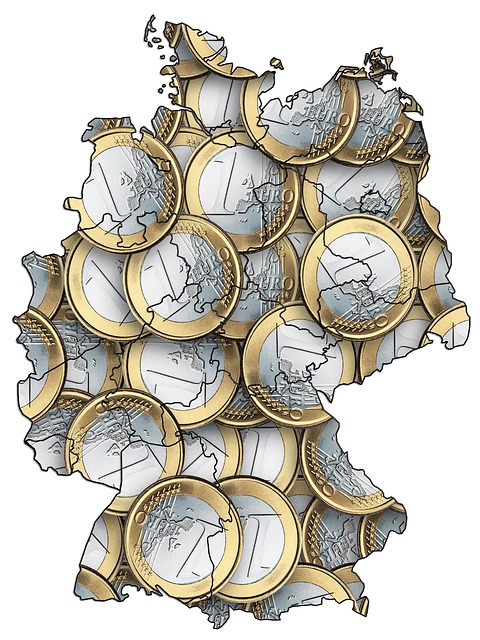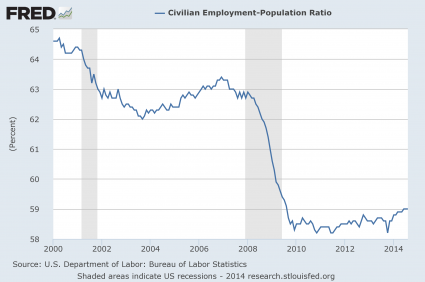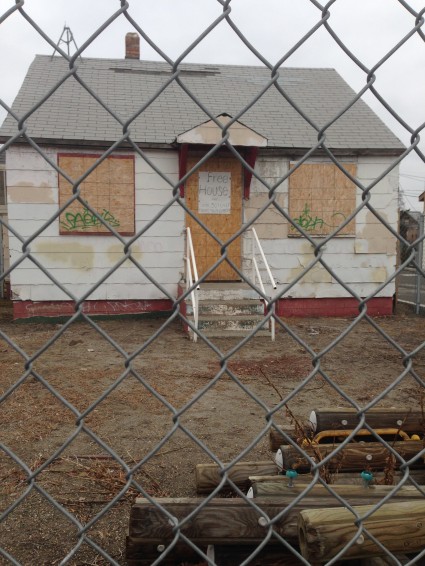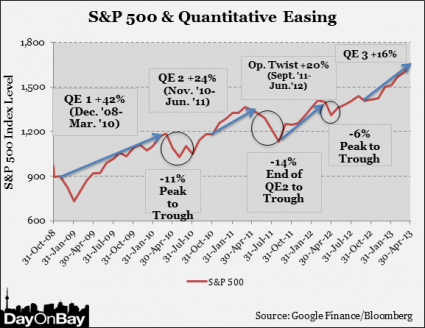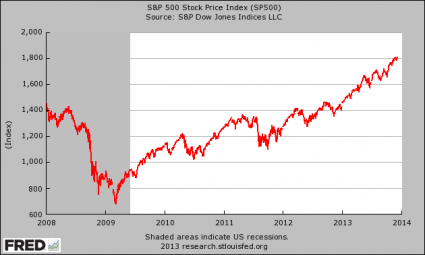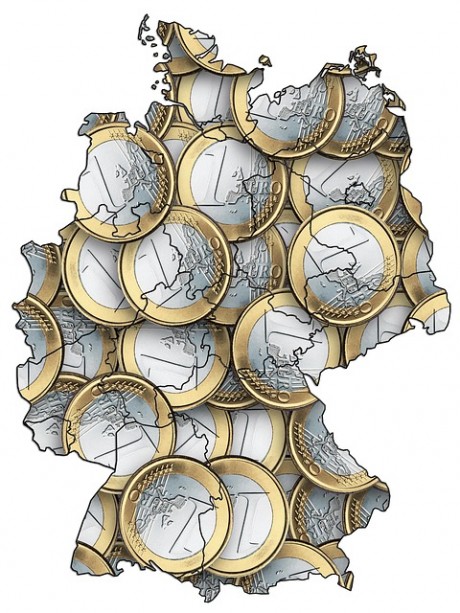
Is something about to happen in Germany that will shake the entire world? According to disturbing new intel that I have received, a major financial event in Germany could be imminent. Now when I say imminent, I do not mean to suggest that it will happen tomorrow. But I do believe that we have entered a season of time when another “Lehman Brothers moment” may occur. Most observers tend to regard Germany as the strong hub that is holding the rest of Europe together economically, but the truth is that serious trouble is brewing under the surface. As I write this, the German DAX stock index is down close to 20 percent from the all-time high that was set back in April, and there are lots of signs of turmoil at Germany’s largest bank. There are very few banks in the world that are more prestigious or more influential than Deutsche Bank, and it has been making headlines for all of the wrong reasons recently.
Just like we saw with Lehman Brothers, banks that are “too big to fail” don’t suddenly collapse overnight. The truth is that there are always warning signs in advance if you look closely enough.
In early 2014, shares of Deutsche Bank were trading above 50 dollars a share. Since that time, they have fallen by more than 40 percent, and they are now trading below 29 dollars a share.
It is common knowledge that the corporate culture at Deutsche Bank is deeply corrupt, and the bank has been exceedingly reckless in recent years.
If you are exceedingly reckless and you win all the time, that is okay. Unfortunately for Deutsche Bank, they have increasingly been on the losing end of things.
Prior to the “sudden collapse” of Lehman Brothers on September 15th, 2008, there had been media reports of mass layoffs at the firm. To give you just a couple of examples, CNBC reported on this on March 10th, 2008 and the New York Times reported on this on August 28th, 2008.
When big banks start getting into serious trouble, this is what they do. They start getting rid of staff. That is why the massive job cuts that Deutsche Bank just announced are so troubling…
Deutsche Bank aims to cut roughly 23,000 jobs, or about one quarter of total staff, through layoffs mainly in technology activities and by spinning off its PostBank division, financial sources said on Monday.
That would bring the group’s workforce down to around 75,000 full-time positions under a reorganization being finalised by new Chief Executive John Cryan, who took control of Germany’s biggest bank in July with the promise to cut costs.
Cryan presented preliminary details of the plan to members of the supervisory board at the weekend. A spokesman for the bank declined comment.
Deutsche Bank has also been facing mounting legal troubles. The following is a brief excerpt from a recent Zero Hedge article…
The bank, which has paid out more than $9 billion over the past three years alone to settle legacy litigation, has become something of a poster child for corrupt corporate culture.
In April, Deutsche settled rate rigging charges with the DoJ for $2.5 billion (or about $25,474 per employee) and subsequently paid $55 million to the SEC (an agency that’s been run by former Deutsche Bank employees and their close associates for years) in connection with allegations it deliberately mismarked its crisis-era LSS book to the tune of at least $5 billion.
But it was out of the frying pan and into the fire so to speak, because early last month, the DoJ announced it would seek to extract a fresh round of MBS-related settlements from banks that knowingly packaged and sold shoddy CDOs in the lead up to the crisis. JP Morgan, Bank of America, and Citi settled MBS probes when the DoJ was operating under the incomparable (and we mean that in a derisive way) Eric Holder but now, emboldened by her pyrrhic victory over Wall Street’s FX manipulators, new Attorney General Loretta Lynch is set to go after Barclays PLC, Credit Suisse Group AG, Deutsche Bank AG, HSBC Holdings PLC, Royal Bank of Scotland Group PLC,UBS AG and Wells Fargo & Co.
Of course the legal troubles are just the tip of the iceberg of what has been going on over at Deutsche Bank over the past couple of years. The following is a pretty good timeline of some of the major events that have hit Deutsche Bank since the beginning of last year. It comes from a NotQuant article that was published back in June entitled “Is Deutsche Bank the next Lehman?“…
- In April of 2014, Deutsche Bank was forced to raise an additional 1.5 Billion of Tier 1 capital to support its capital structure. Why?
- 1 month later in May of 2014, the scramble for liquidity continued as DB announced the selling of 8 billion euros worth of stock – at up to a 30% discount. Why again? It was a move which raised eyebrows across the financial media. The calm outward image of Deutsche Bank did not seem to reflect their rushed efforts to raise liquidity. Something was decidedly rotten behind the curtain.
- Fast forwarding to March of this year: Deutsche Bank fails the banking industry’s “stress tests” and is given a stern warning to shore up it’s capital structure.
- In April, Deutsche Bank confirms its agreement to a joint settlement with the US and UK regarding the manipulation of LIBOR. The bank is saddled with a massive $2.1 billion payment to the DOJ. (Still, a small fraction of their winnings from the crime).
- In May, one of Deutsche Bank’s CEOs, Anshu Jain is given an enormous amount of new authority by the board of directors. We guess that this is a “crisis move”. In times of crisis the power of the executive is often increased.
- June 5: Greece misses its payment to the IMF. The risk of default across all of its debt is now considered acute. This has massive implications for Deutsche Bank.
- June 6/7: (A Saturday/Sunday, and immediately following Greece’s missed payment to the IMF) Deutsche Bank’s two CEO’s announce their surprise departure from the company. (Just one month after Jain is given his new expanded powers). Anshu Jain will step down first at the end of June. Jürgen Fitschen will step down next May.
- June 9: S&P lowers the rating of Deutsche Bank to BBB+ Just three notches above “junk”. (Incidentally, BBB+ is even lower than Lehman’s downgrade – which preceded its collapse by just 3 months)
Are you starting to get the picture? These are not signs of a healthy bank.
What makes things even worse is how recklessly Deutsche Bank has been behaving. At one point, it was estimated that Deutsche Bank had a staggering 75 trillion dollars worth of exposure to derivatives. Keep in mind that German GDP for an entire year is only about 4 trillion dollars. So when Deutsche Bank finally collapses, there won’t be enough money in Europe (or anywhere else for that matter) to clean up the mess. This is a perfect example of why I am constantly hammering on the danger of these “weapons of financial mass destruction”.
If Deutsche Bank were to totally collapse, it would be a financial disaster far worse than Lehman Brothers. It would literally take down the entire European financial system and cause global financial panic on a scale that none of us have ever seen before.
On a personal note, I apologize for not posting anything last week. I traveled to two very important conferences and was living out of a suitcase for about eight days.
There has been a bit of a lull in the action over the past couple of weeks, but I expect that to end very shortly. I believe that the rest of 2015 is going to be incredibly chaotic, and we are going to see some things happen that most people could not even conceive of right now.
In the days that are directly ahead, I encourage people to keep a close eye on both Germany and Japan.
Big things are about to happen, and millions are about to be totally shaken out of their complacency.
